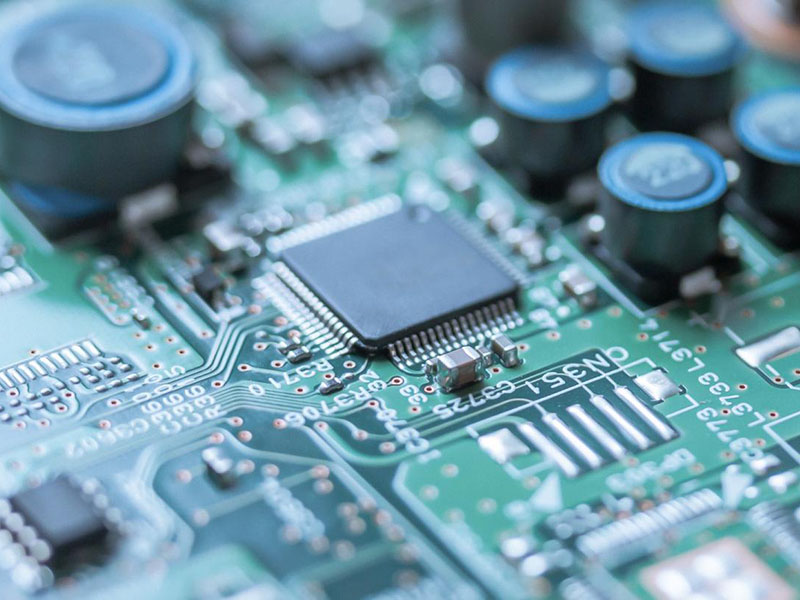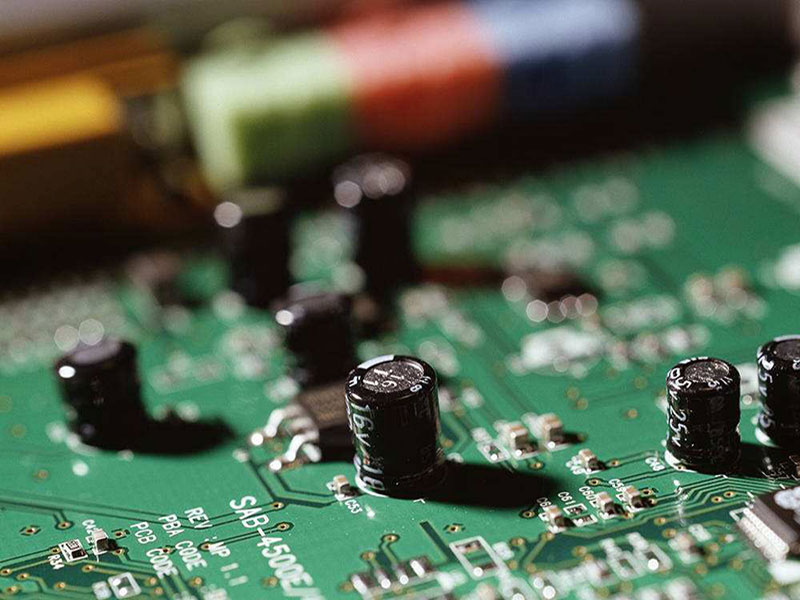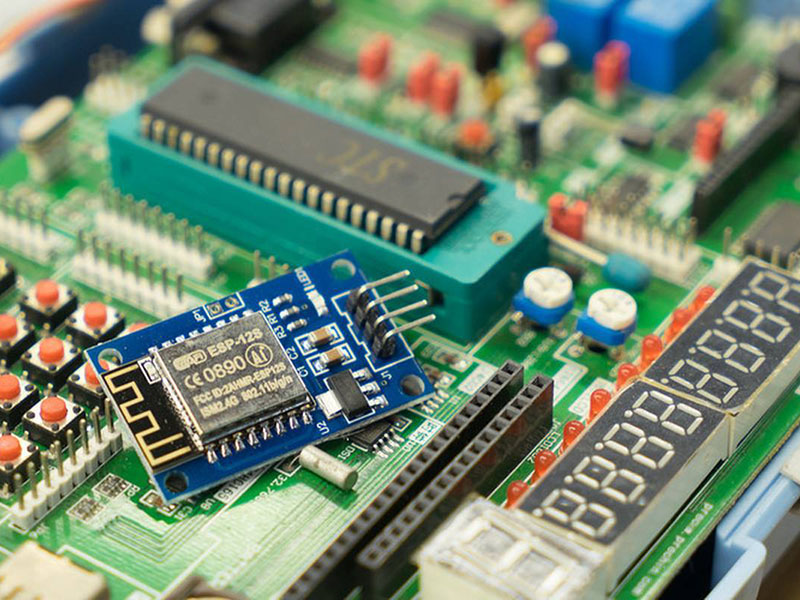Recent Posts
View AllTechnology
View All16 Tips for High-Frequency PCB Design
High-frequency PCB design is crucial for ensuring the proper functioning of electronic devices in various electromagnetic environments. It involves careful…
Top Stories
View AllFeatured News
View All1oz vs. 2oz Copper PCBs: What’s the Difference?
PCBs, or printed circuit boards, are a vital component of many electronic devices. They provide a platform for mounting components and connecting them with conductive traces. The thickness of the copper layer in a PCB can have a significant impact on its performance and cost.…
Types of PCB Materials,How to Choose PCB Materials
The selection of substrate materials shapes the effective performance and traits of printed circuit boards. Therefore, it is vital to select suitable materials when designing your circuit board. Most PCB materials consist of the epoxy resin substrate, glass fiber, and epoxy resin substrate attached to…
How to Design Automotive PCB:5 Best Guidelines
Over the past couple of decades, our roadways have transformed. This change is that vehicles are getting smarter. The advantages of this are many, including a significant shift of operation and safety responsibilities from the driver to the automotive system. For example, many vehicles now…
2 Layer Vs 4 Layer PCB:How to Choose?
When it comes to PCBs, there are some types of PCB you maybe use in your electronic project, such as 1 layer PCB, 2 layers PCB, 4 layers PCB as well as 6 layers PCB and so on. However 1 layer PCB, 2 layers PCB…
1oz vs. 2oz Copper PCBs: What’s the Difference?
PCBs, or printed circuit boards, are a vital component of many electronic devices. They provide a platform for mounting components and connecting them with conductive traces. The thickness of the copper layer in a PCB can have a significant impact on its performance and cost.…
Types of PCB Materials,How to Choose PCB Materials
The selection of substrate materials shapes the effective performance and traits of printed circuit boards. Therefore, it is vital to select suitable materials when designing your circuit board. Most PCB materials consist of the epoxy resin substrate, glass fiber, and epoxy resin substrate attached to…
How to Design Automotive PCB:5 Best Guidelines
Over the past couple of decades, our roadways have transformed. This change is that vehicles are getting smarter. The advantages of this are many, including a significant shift of operation and safety responsibilities from the driver to the automotive system. For example, many vehicles now…
2 Layer Vs 4 Layer PCB:How to Choose?
When it comes to PCBs, there are some types of PCB you maybe use in your electronic project, such as 1 layer PCB, 2 layers PCB, 4 layers PCB as well as 6 layers PCB and so on. However 1 layer PCB, 2 layers PCB…
Trending Posts
16 Tips for High-Frequency PCB Design
High-frequency PCB design is crucial for ensuring the proper functioning of electronic devices in various electromagnetic environments. It involves careful…




